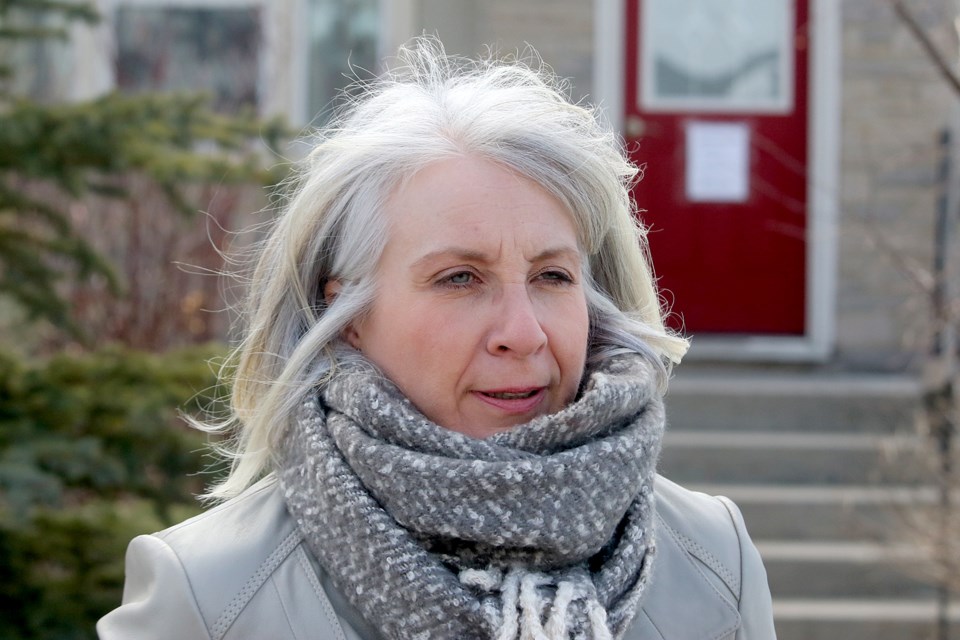THUNDER BAY – Canada’s health minister is urging her constituents in Thunder Bay to hang on for a few more weeks.
While the district’s COVID-19 numbers are the best they’ve been for months, it doesn’t take much for the situation to go south.
Thunder Bay saw that happen in February and March, peaking at 470 active cases on March 13. Variants of concern, and how rapidly they spread, are just one reason for residents of the region not to let down their guard, despite the fact there are only 41 active cases on the district.
Patty Hajdu, also the Liberal MP for Thunder Bay-Superior North, said she understands the impatience of many in the community.
“There’s an incredible frustration by businesses in particular, individuals whose lives have been changed and they’re on hold until we see the alleviation of case counts in Ontario,” Hajdu said. “But I also say that it’s important that we follow our local health advice.
“I think Dr. (Janet) DeMille mentioned it can very quickly grow into a situation that’s quite uncontrolled in Northern Ontario if we let any of these cases go. We’re still not at a place where we’re seeing zero case growth. We are still seeing some cases every day and each of those cases, if they’re not properly managed, has the potential to spur on the growth of many others.”
DeMille, medical officer of health at the Thunder Bay District Health Unit, is on record calling for a cautious approach to the reopening of Ontario.
The province has been under a stay-at-home order for the past four weeks, and though it’s scheduled to end on May 20, according to the Toronto Star, the Ontario government has voted to extend its state of emergency beyond May 19, a step necessary to prolong the stay-at-home order.
Under the order, non-essential businesses are closed to in-store shopping, personal-care services are not allowed to open and many outdoor recreational activities, including golf, are not permitted.
Hajdu said numbers aren’t the only thing to consider.
“We have a small hospital system here. We can’t overburden it. We want to be able to continue to provide all of the kinds of services, elective services, other kinds of treatments, and in order to do that, we have to keep ourselves safe,” she said.
“While the province is waiting to bring down those cases in some of those hot spots in southern Ontario, we have a role to play here in Northern Ontario by making sure we keep ourselves safe and that we keep our cases down low.”
Luckily, Hajdu added, the country has yet to see much in terms of vaccine hesitancy. Locally, more than 45 per cent of the 16 and older crowd have received at least one dose. That said, the health minister said Ottawa will soon unveil programming aimed at targeting those who are likeliest to balk at getting a vaccine. Nationally, 37 per cent of Canadians have received one dose, the 14th highest pe centage in the world. The country is lagging on second shots, at just 3.2 per cent, having chosen to vaccinate as many people as possible with one dose, with second doses administered up to 16 weeks later.
The health minister said the federal government will soon have guidelines put in place for what vaccinated people can and cannot do, but noted it will still fall on public health authorities and the provinces to have the final say.
